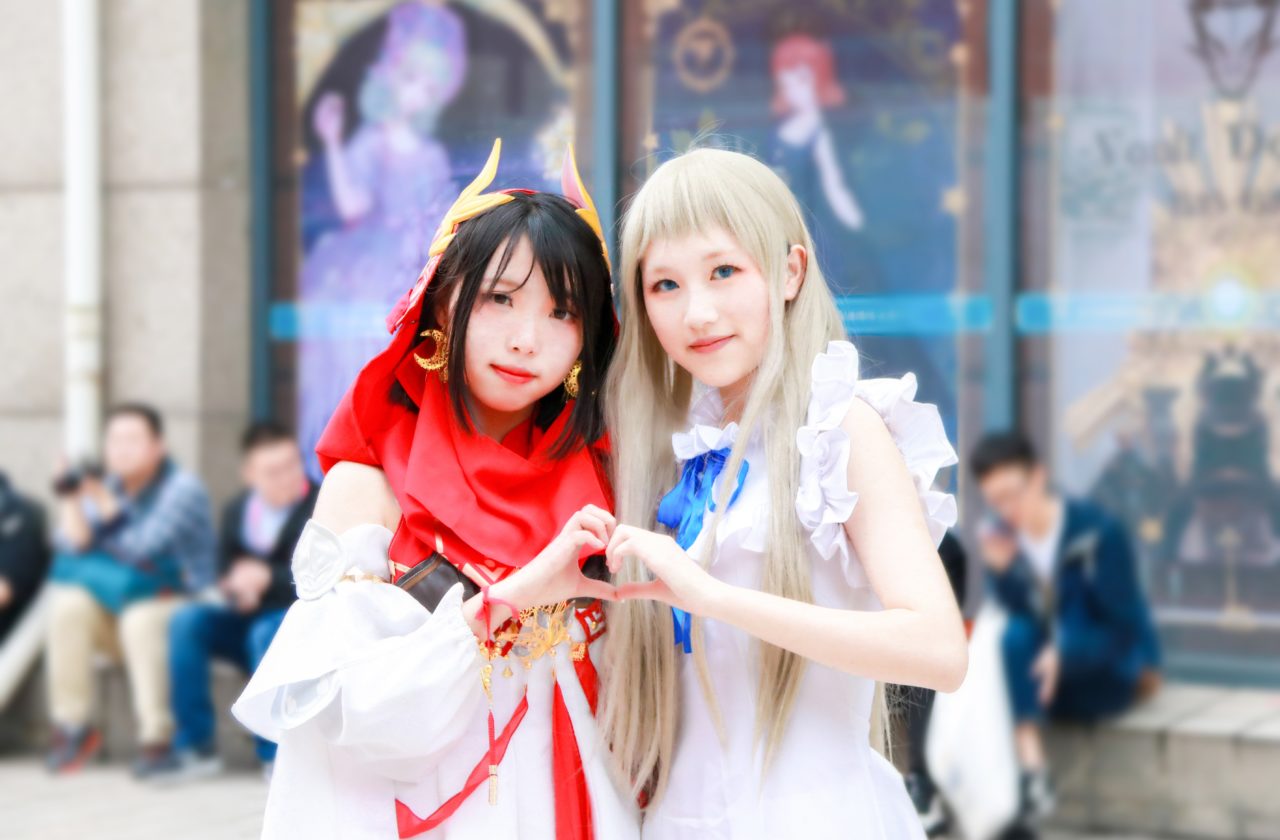Why Bullying and Sexual Assault Are Still Common in the World of Cosplay

Cosplaying is meant to be a freeing way to artistically express oneself and show love for a favorite or inspiring character. While this remains true in many situations at different events, there is an unfortunate and seemingly inescapable dark side to cosplay that plagues cosplayers and convention organizers alike.
Sexual assault and bullying are startlingly common in the world of cosplay, which in general sees itself to be an inclusive and safe community. While event organizers and the cosplay community at large have taken a hard stance against bullying and sexual assault, the problem persists. Understanding the underlying reasons might hold the key to stopping sexual assault and bullying in the world of cosplay once and for all.
A (Partially) Toxic Culture
Cosplayers pour countless hours – and often a good amount of cash – into their depictions and portrayals of characters. For most cosplayers, this drive is born out of a simple and pure love for a character. They want to do their absolute best to properly bring that character, whoever or whatever it might be, to life in the real world. Despite this decidedly wholesome approach to fandom, there are certain fans within cosplay culture who are quite abusive.
There is a pervasive problem with bullying and sexual assault at cosplay conventions, with supposed fans attacking cosplayers by commenting negatively on their sexuality, weight, and attractiveness. These individuals often see portrayals of their favorite characters as inaccurate or poorly executed and make a point of openly harassing cosplayers who are just expressing their love for the character.
While the bullying is bad enough in and of itself, the instances of sexual harassment and assault that occur at conventions are not only worse but far more dangerous. Many within the cosplay community, both cosplayers and fans alike, seem to lack a fundamental understanding of what constitutes consent. Certain people are incapable of understanding that just because someone is dressed as a character, no matter how provocatively, they are still an individual with rights; they’re not an embodied sexual fantasy that can be touched or groped without consent. This has given rise to a movement within the cosplay community to hold up the idea that cosplay is not consent and that if you touch someone inappropriately without their explicit, enthusiastic consent, sexual assault is being committed.
Lewd or hurtful comments, unwanted physical contact, persistent unwanted contact are issues that are not unfamiliar to women in hostile work environments. Similarly to those seeking recourse in hostile workplaces, cosplayers experiencing these behaviors must:
- Ask those who are at fault to stop.
- Report the incident to event managers if they persist.
- Document harassing behavior through video or corroborating witnesses.
- Seek legal recourse when necessary.
Sexual harassment and assault have always been an issue at cosplay conventions, but in the #MeToo era, more and more cosplayers are speaking up when something makes them uncomfortable. While cosplayers have a harder time controlling the sexual harassment and assault that comes from the fandom, often having to rely on security at events to make them feel safe, they are able to tackle the issue from within. Not all sexual assault or harassment comes from outside of the community, and cosplayers are willing to call out other cosplayers for inappropriate behavior at conventions in order to set an example.
The Internet Has Made Bullying Easier
While there are many instances of bullying that occur in-person at conventions with people accuracy-shaming, commenting on physical appearance, or generally expressing disdain for someone’s favored character, the truly vitriolic bullying tends to be online. The added level of anonymity that the internet provides has given bullies an arena in which they can say almost anything that they want with virtually no repercussions.
In a blog on the Huffington Post, cosplayer Vix Tree recounts: “It never used to be this bad … (W)ith social media exploding in popularity, bullying has become much more prevalent. I have seen someone be reduced to tears at a convention, but platforms like Twitter and Facebook seem to have taken that to an entirely new level. As people are able to hide behind their laptops, the comments seem to be 100 times worse. I’ve seen newbie cosplayers abandon the hobby altogether because of a hurtful and downright rude comment made on one of their Facebook costume photos.”
Cyberbullying causes more harm to the victims of it than many people realize. Victims of cyberbullying can feel isolated, depressed, and even suicidal. This goes against what cosplay is all about, and steps need to be taken both within the community and from the outside to fight against the prevalence of cyberbullying.
Conclusion
The world of cosplay is intended to be a safe place for artistic and creative expression. The characters that cosplayers try to bring to life often inspire them in ways that others might not understand. Bullying and sexual assault are regular occurrences in cosplay, but in an era in which women’s experiences of sexual assault and harassment are being taken more seriously, it is imperative that these toxic parts of cosplay culture are regularly called out and actively shut down.
Featured Image Source: Unsplash